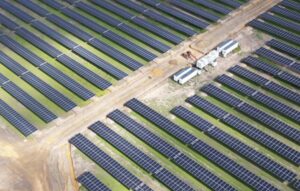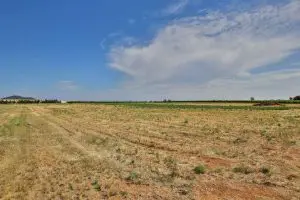Australia’s main scientific research body, the CSIRO, has significantly upgraded its forecasts for small scale rooftop solar in Australia for the next few decades, suggesting that the total capacity on the rooftops of homes and businesses could multiply from its current levels of less than 10 gigawatts to nearly 60GW by 2050.
The new scenario modelling – a 50 per cent jump in capacity from its previous estimates – is revealed in a newly published assessment by CSIRO prepared for the Australian Energy Market Operator’s 20-year blueprint for the main grid, known as the Integrated System Plan.
AEMO already describes the future of Australia’s main grids as “distributed, democratised, and digital”. The only question is to what extent. And the new forecasts by the CSIRO suggest that it will be a lot.
The CSIRO says there are a number of factors playing on its revised forecasts. The first is the effect of the Covid-19 pandemic, which will likely mean near term forecasts are below those assumed last year. But long term growth will resume, more rapidly than previously thought, because of the continuing falls in rooftop solar costs, and the attraction of the technology for homes and businesses.
The near 60GW forecast is included in the new “step change” scenario being modelled by AEMO so it can gauge what is needed for the grid if Australia starts to move to deliver on the Paris climate targets, which assumes a zero emissions target by 2050 in efforts to limit average global warming to well below 2°C.
(Note that CSIRO assumes “degraded” capacity, which includes the assumed degradation of output from solar panels over time, and is not just nominal capacity).
The new 2050 forecasts represent a near 50 per cent jump on the previous assumptions made by the CSIRO last year when it was feeding its modelling into the ISP.
“This reflects that, prior to the COVID-19 pandemic, rooftop solar adoption was trending higher than expected and this trend is expected to at least partially reassert itself post-pandemic through a wide range of drivers,” it says.
These drivers include the substantial long-term solar rebates policy in Victoria that had not previously been modelled, the growing size of individual rooftop solar systems, the increased uptake from commercial and industrial businesses, and the growing gap between retail prices and the cost of solar.
The one sub-sector that has been downgraded is the “non scheduled” solar market – 100kW to 30MW – that would include big rooftop solar installations in industrial parks and shopping centres, and some ground mounted facilities.
This projection has fallen from a peak of just over 5GW by 2050 to a new range of just over 4GW – mostly due to the assumption that any incentives may be directed towards solar systems of scale, where greater cost savings can be achieved.
The CSIRO cautions, however, that there is some uncertainty in how well business models will overcome conventional infrastructure constraints like access to roof space and renter-landlord split incentive issues.
“Another major uncertainty is the degree to which the electricity system will begin to devalue solar generation as both small- and large-scale solar increase in scale. Storage and electric vehicle charging can of course mitigate or make use of daytime solar generation and they are growing as well.”
 On these technologies, the outlook is mixed. CSIRO’s battery storage forecasts have been downgraded over the long term to a maximum to 40,000 megawatt hours, but the near term outlook (the next decade) shows a sharper increase, mostly due to targeted incentives in states like South Australia and others.
On these technologies, the outlook is mixed. CSIRO’s battery storage forecasts have been downgraded over the long term to a maximum to 40,000 megawatt hours, but the near term outlook (the next decade) shows a sharper increase, mostly due to targeted incentives in states like South Australia and others.
The EV market, on the other hand, could reach saturation – and 100 per cent of new car sales and even 100 per cent of the passenger fleet – as early as 2040 – as we discuss in this article on our electric vehicle-focused sister site, The Driven.
The final version of the 2020 ISP is expected to be released later this year.










